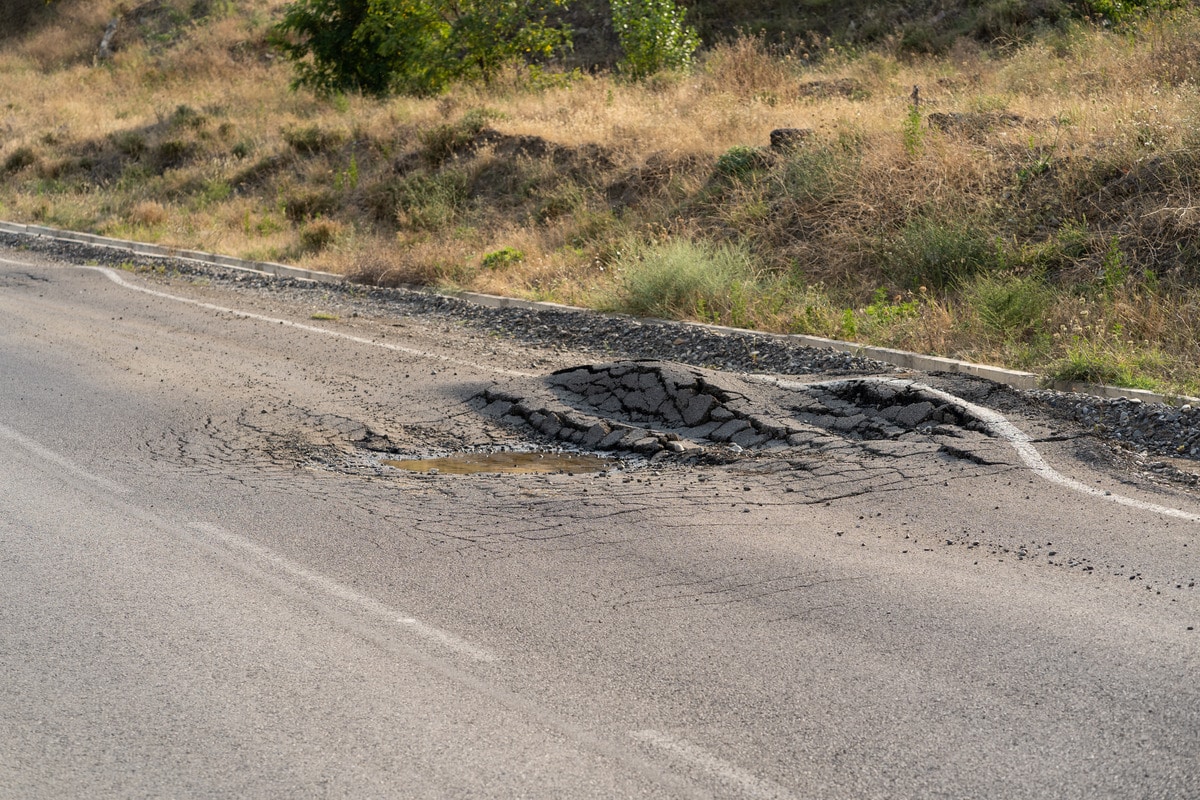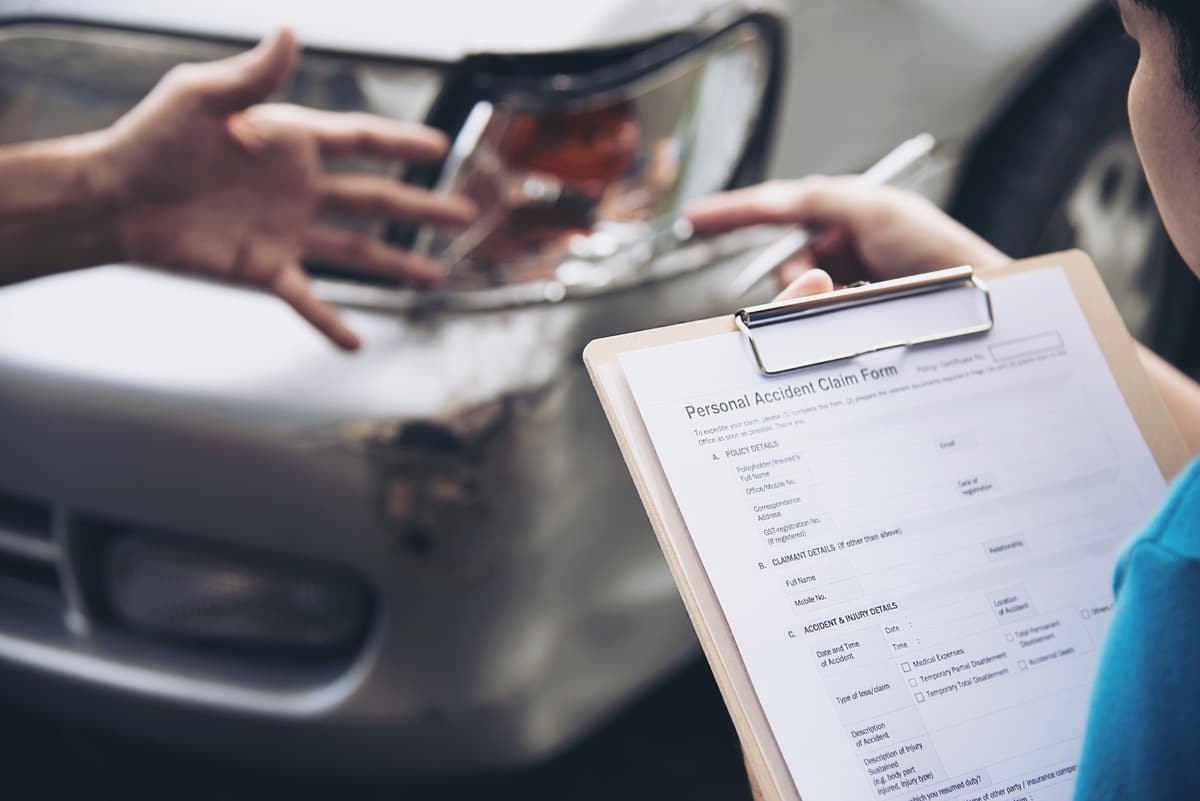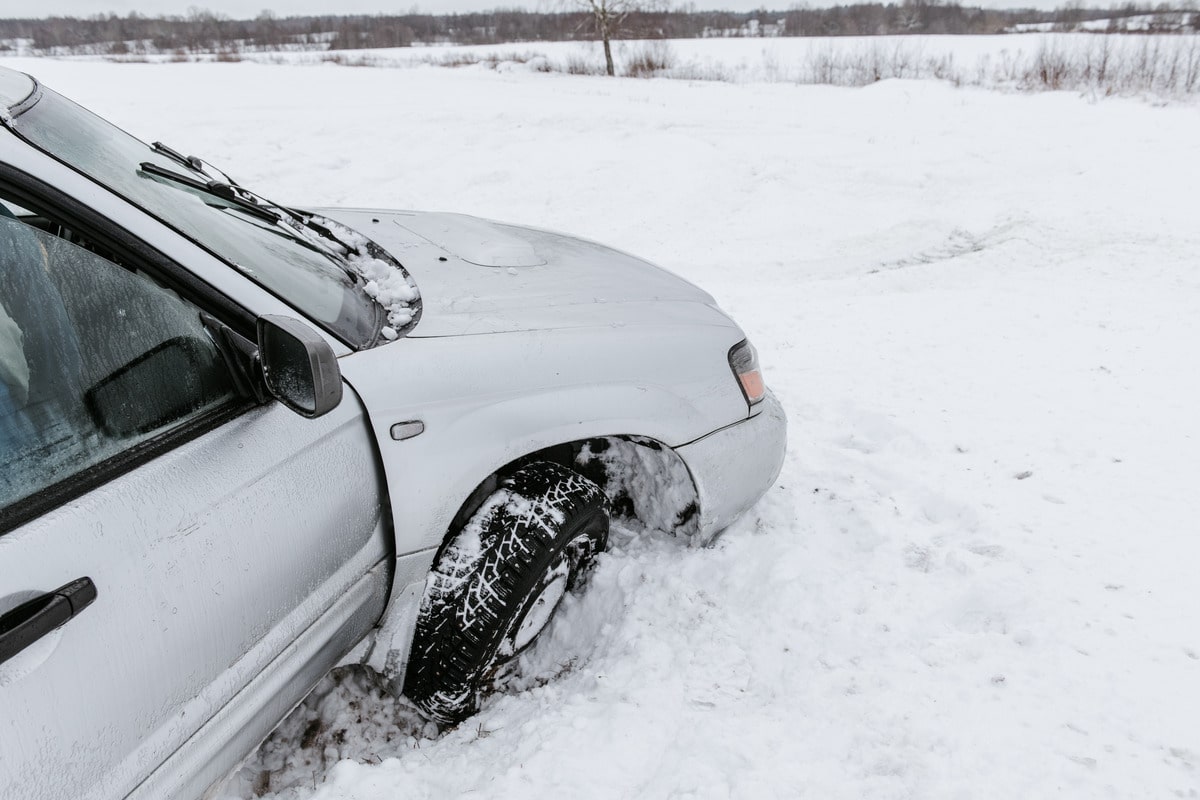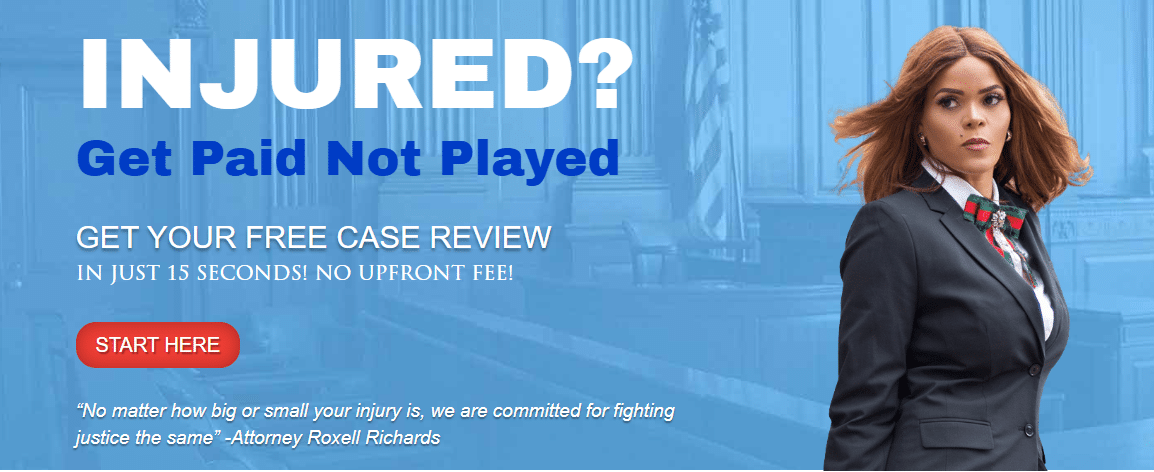The Impact of Road Conditions on Car Accident Claims
Road conditions play a pivotal role in the occurrence and severity of car accidents. From potholes and icy surfaces to inadequate signage and poor lighting, the state of our roads can significantly influence driving safety. Understanding how these factors affect car accident claims is essential for anyone involved in a collision. In this comprehensive guide, we will delve into the various ways road conditions impact car accident claims, address common questions, and provide valuable insights to help you navigate the aftermath of a collision.
Table of Contents
- Understanding the Role of Road Conditions in Car Accidents
- Common Road Conditions That Lead to Accidents
- How Road Conditions Affect Car Accident Claims
- Legal Responsibilities of Road Maintenance Authorities
- Steps to Take If You’re Involved in a Road Condition-Related Accident
- Frequently Asked Questions
- Conclusion and Call to Action
Understanding the Role of Road Conditions in Car Accidents
Key Factors of Road Conditions:
- Surface Quality: Potholes, cracks, and uneven surfaces can cause vehicle damage and loss of control.
- Weather Impact: Rain, snow, ice, and fog can reduce visibility and road traction.
- Road Design: Sharp curves, inadequate signage, and poor lighting contribute to accident risk.
- Maintenance: Timely repairs and proper upkeep are crucial for preventing hazardous conditions.
Understanding these elements is crucial for both drivers and legal professionals dealing with car accident claims related to road conditions.
Common Road Conditions That Lead to Accidents
Several road conditions are notorious for increasing the likelihood of car accidents. Identifying these can help drivers take preventive measures and assist legal professionals in building strong cases for their clients.

1. Potholes and Road Surface Damage
2. Icy and Snowy Roads
Winter weather creates slippery surfaces, making it difficult to brake or steer effectively. Due to reduced traction, accidents are more common during icy conditions.
3. Flooded Roads
Standing water can conceal road hazards and reduce tire traction, increasing the risk of hydroplaning. Flooded roads can also cause engine damage, leading to vehicle immobilization.
4. Poor Lighting and Signage
Insufficient lighting makes it harder for drivers to see road hazards, pedestrians, and other vehicles. Inadequate signage can lead to confusion and unexpected maneuvers.
5. Construction Zones
Road construction often involves changes in traffic patterns, reduced lanes, and temporary signage, which can confuse drivers and increase accident risk.
How Road Conditions Affect Car Accident Claims

Liability Determination
Determining who is at fault in an accident involving poor road conditions can be complex. It may include assessing the responsibility of road maintenance authorities, drivers, or other parties.
Evidence Collection
Gathering evidence, such as photographs of the road, witness statements, and maintenance records, is crucial in substantiating claims related to road conditions.
Legal Precedents
Previous cases involving similar road conditions can influence the outcome of your claim. Legal precedents help establish whether authorities failed in their duty to maintain safe roads.
Impact on Insurance Claims
Road conditions can affect the negotiation process with insurance companies. Demonstrating that poor road conditions were a significant factor that could lead to more favorable settlements.
Expert Testimonies
In complex cases, expert testimonies from engineers or road safety experts can provide valuable insights into how specific conditions contributed to the accident.
Legal Responsibilities of Road Maintenance Authorities
Road maintenance authorities, whether local or state, have a legal duty to ensure that roads are safe for public use. Failure to uphold this duty can result in liability for accidents caused by poor road conditions.
Duty of Care
Authorities must regularly inspect and maintain roads to prevent hazardous conditions. This includes timely pothole repairs, snow removal, and proper signage.
Negligence Claims
If an authority is found negligent in maintaining road conditions, it can be held liable for resulting accidents. Proving negligence involves demonstrating that the authority failed to meet the expected standard of care.
Statute of Limitations
There are time limits for filing claims against public entities. It’s essential to act promptly to ensure your case is heard within the legal timeframe.
Sovereign Immunity
Some jurisdictions offer limited immunity to government entities, which can complicate claims. Understanding the specific laws in your area is crucial for pursuing a successful case.
Steps to Take If You’re Involved in a Road Condition-Related Accident

Ensure Safety and Seek Medical Attention
First and foremost, ensure your and others’ safety. If you sustain any injuries, seek medical attention immediately.
Document the Scene
Take detailed photographs of the accident scene, including the road conditions, vehicle damage, and any relevant signage or markings.
Gather Information
Collect contact information from all parties involved, as well as any witnesses. Note the time, location, and weather conditions at the time of the accident.
Report the Accident
File a police report to have an official record of the incident. This report can be crucial in supporting your claim.
Consult a Legal Professional
Engage with a law firm experienced in handling road condition-related accidents. They can provide guidance on the best course of action and help navigate the complexities of your claim.
Frequently Asked Questions

1. What is the impact of vehicle accidents?
Answer: Vehicle accidents have multifaceted impacts on individuals and society.
Human Impact:
- They can result in loss of life, severe injuries, and long-term disabilities for drivers, passengers, pedestrians, and cyclists.
- Accidents lead to significant financial costs, including medical expenses, property damage, legal fees, and increased insurance premiums.
- There are emotional and psychological effects on victims and their families, such as trauma, anxiety, and depression.
- Accidents can cause traffic congestion, road damage, and increased demand for emergency services.
2. What are the physical consequences of being responsible for a road accident?
Answer: Being responsible for a road accident can lead to several physical consequences, both direct and indirect.
Direct Physical Consequences:
- Injuries: The responsible party may suffer injuries such as whiplash, fractures, or more severe trauma, depending on the collision’s severity.
- Long-Term Health Issues: Chronic pain, mobility issues, or disabilities may result from significant injuries.
- Medical Treatments: Recovery may require surgeries, physical therapy, or prolonged medical care.
- Stress and Fatigue: The psychological stress of causing an accident can lead to physical symptoms like headaches, fatigue, or weakened immune response.
- Lifestyle Changes: Injuries may necessitate changes in daily activities, employment, or personal responsibilities.
- Rehabilitation Needs: Ongoing physical rehabilitation may be required to regain full functionality.
Overall, being responsible for a road accident can have profound and lasting effects on an individual’s physical well-being.
3. What are the factors affecting road traffic accidents?
Answer: Road traffic accidents are influenced by a combination of factors, which can be categorized as follows:
- Driver Behavior: Speeding, distracted driving (e.g., using mobile phones), driving under the influence of alcohol or drugs, and aggressive driving.
- Inexperience: Lack of driving experience or inadequate training.
- Health Conditions: Fatigue, medical emergencies, or impaired vision/hearing.
- Mechanical Failures: Brake failures, tire blowouts, or engine problems.
- Vehicle Design: Poor vehicle safety features or inadequate maintenance.

- Weather Conditions: Rain, snow, fog, or ice can reduce visibility and road traction.
- Road Conditions: Potholes, uneven surfaces, lack of proper signage, or poor lighting.
- Traffic Density: High traffic volumes increase the likelihood of collisions.
- Urbanization: Increased number of vehicles and pedestrians in urban areas.
- Legislation and Enforcement: Effectiveness of traffic laws and their enforcement.
- Public Awareness: Level of driver education and awareness about road safety.
- Safety Features: Availability and use of airbags, anti-lock braking systems (ABS), and electronic stability control.
- Advanced Driver-Assistance Systems (ADAS): Features like automatic emergency braking and lane-keeping assistance can reduce accidents.
Understanding these factors is crucial for developing strategies to prevent road traffic accidents and enhance overall road safety.
4. Who is most affected by road accidents?
Answer: Road accidents impact a broad spectrum of individuals and groups, with specific populations being more vulnerable:
- Drivers and Passengers: Primary individuals involved in collisions.
- Pedestrians and Cyclists: Especially vulnerable due to lack of protection.
- Emotional and Psychological Impact: Grief, trauma, and stress from losing or supporting an injured family member.
- Financial Strain: Costs related to medical care, lost income, and potential long-term care.
- Public Health Systems: Increased demand for emergency services and healthcare facilities.
- Economic Impact: Loss of productivity and increased public expenditure on accident response and infrastructure repairs.
- Workload and Stress: Handling multiple accident cases can lead to burnout and emotional strain.
- Traffic Congestion: Accidents can disrupt traffic flow, causing delays and economic losses.
- Insurance Costs: Increased premiums affect all drivers.
- Children and the Elderly: More susceptible to severe injuries in accidents.
- Individuals with Disabilities May face more significant challenges during and after an accident.
Overall, road accidents have far-reaching effects that extend beyond the immediate parties involved, influencing various aspects of society.
5. What are the adverse effects on a sufferer of a road accident?

- Injuries: Ranging from minor cuts and bruises to severe trauma like fractures, spinal injuries, or traumatic brain injuries.
- Chronic Pain and Disabilities: Long-term pain, reduced mobility, or permanent disabilities affecting daily activities.
- Emotional Trauma: Development of post-traumatic stress disorder (PTSD), anxiety, depression, and fear of driving.
- Cognitive Impairments: Difficulties with memory, concentration, or decision-making as a result of head injuries.
- Isolation: Limited ability to engage in social activities or maintain relationships due to physical limitations.
- Dependence: Increased reliance on others for daily tasks, affecting personal independence and self-esteem.
- Medical Expenses: Costs for emergency care, surgeries, rehabilitation, and ongoing treatments.
- Loss of Income: Inability to work during recovery periods or long-term employment challenges due to disabilities.
- Property Damage: Costs related to vehicle repairs or replacement and personal property loss.
- Adaptations Required: Modifications to living spaces, transportation methods, or daily routines to accommodate new physical limitations.
- Impact on Education and Career: Interruptions or changes in educational pursuits and career trajectories.
- Chronic Conditions: Development of conditions like arthritis, chronic pain syndromes, or other long-term health problems resulting from the accident.
Conclusion and Call to Action
Roxell Richards Injury Law Firm
6420 Richmond Ave. Ste. #135
Houston, TX z7057
Phone: (713) 974-0388
Fax: (713) 974-0003

